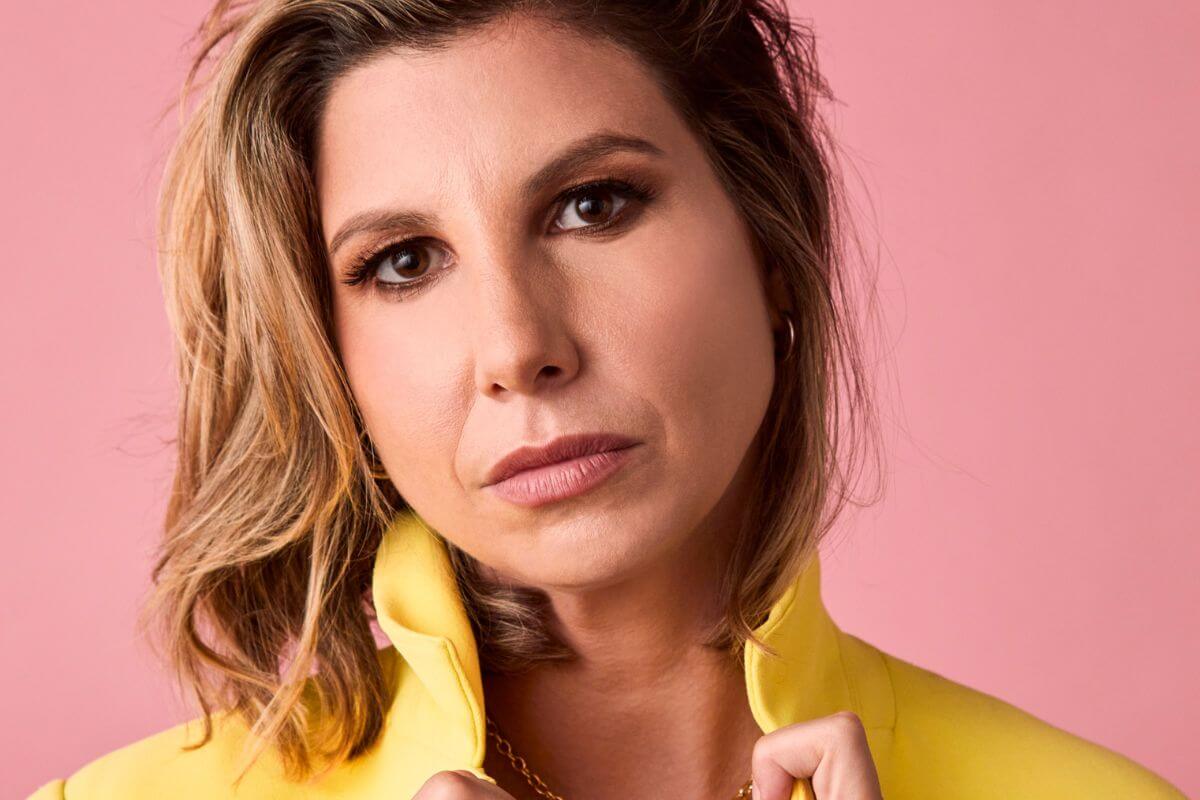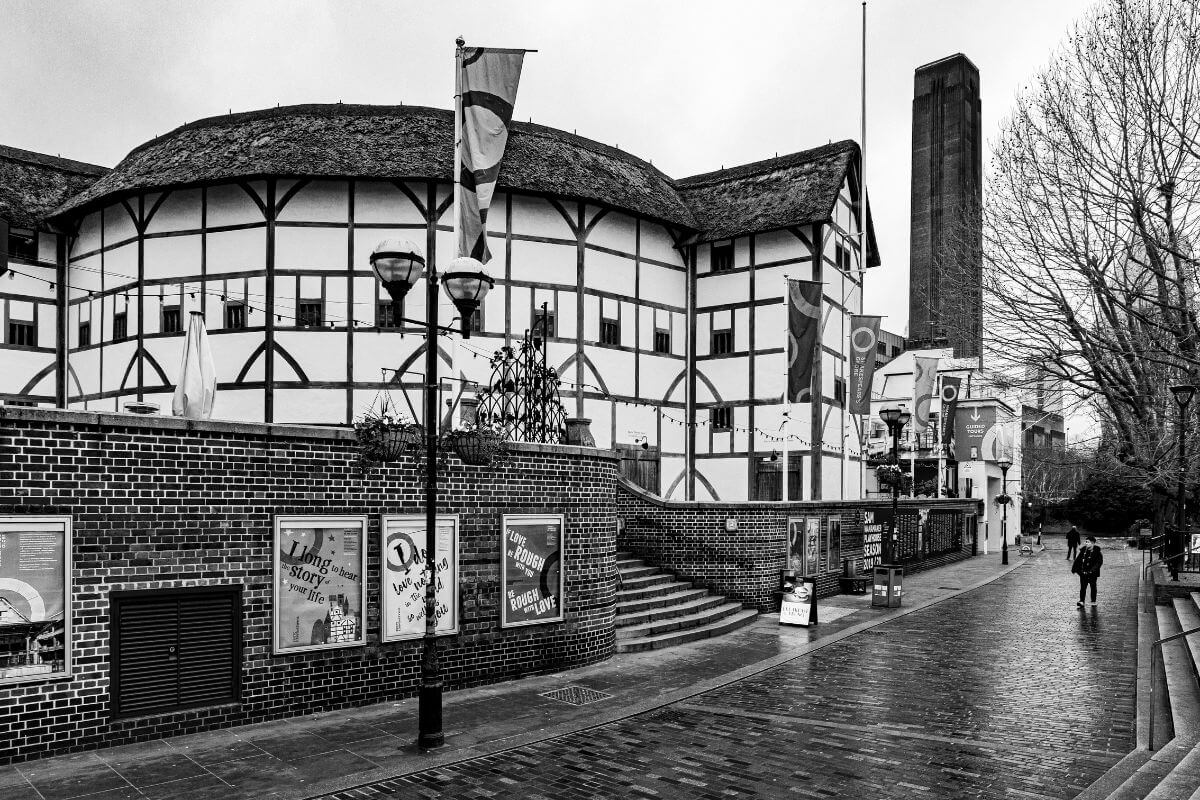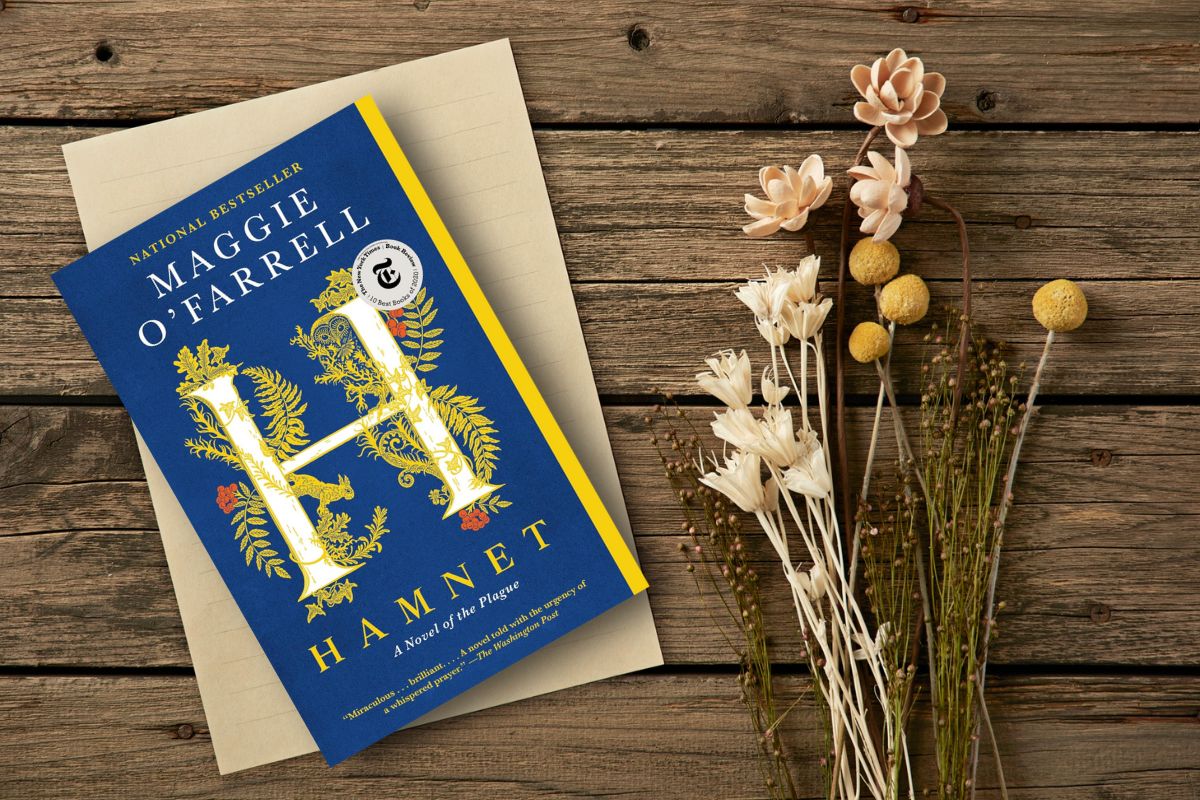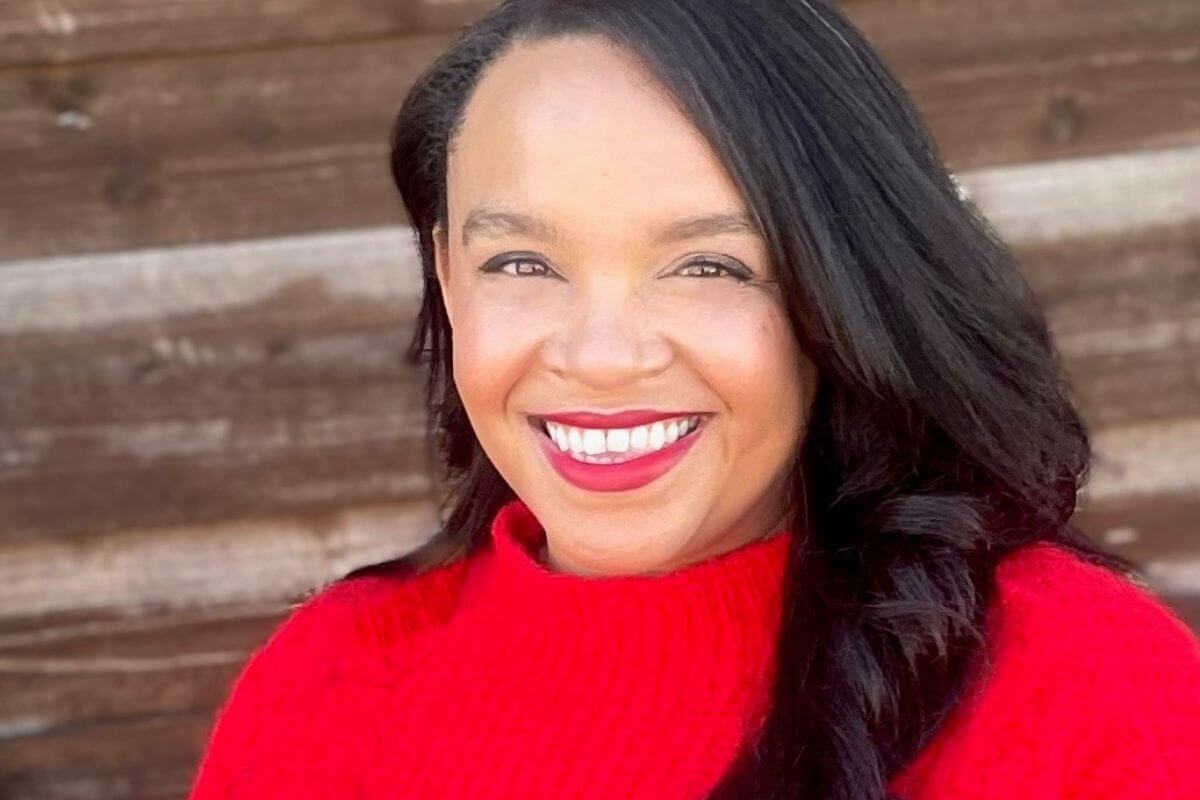This guest post was written by author Jessica Hendry Nelson.
When I began writing Joy Rides Through the Tunnel of Grief, I was a newlywed contemplating divorce. The husband and I were a year into our marriage, but thirteen years into our relationship. It was complicated, as all relationships are complicated, and it’s possible that getting married was a hail Mary attempt to salvage our long and lugubrious love affair. We had been one another’s only partner since the age of eighteen, and now in our thirties, we were quietly curious about our individual desires outside the ken of our once-safe haven. I also thought I might want to be a mother. The husband, I found out too late, was not interested in becoming a father. I had other questions, too.
Questions about the anticipatory grief I was still suffering because of my brother’s long addiction to heroin; how his ever-imminent death sent periodic shocks of terror and despair through my body, or at other times ignited a curiosity and awe too magnanimous to contain. I wondered how this decades-long experience had altered me, physically and psychically, and if it would impact my ability to mother. I wondered about the institution of motherhood, and how I felt about it, if it was something I wanted to enter, which I sometimes imagined as a slow and somber procession, a line of vibrant, female protagonists fading into secondary characters, gray and indistinguishable, slumping each into their own squalid homes, never to reemerge. Or else I imagined a warm and viscous infant, a girl child who did not know where her body ended and mine began, our onebody cocooned in ecstatic love.
Big Questions
I had no answers, only questions. Big questions. Questions of infinite magnitude. Questions for philosophers, artists, writers, and saints, none of whom would take my calls. So, I did what I knew how to do: I started writing essays.
Essays are containers for our biggest questions. They are a record of the journey to understand something anew. Often, they don’t bring us to answers. Answers, it turns out, are as slippery as a highway mirage. They’re shapeshifters, subject to distance and time. But essays, creative nonfiction, offer the next best thing: refined questions. They offer perspective and evolution. They are a road map for changing one’s mind.
Each essay in this book took up one or more of these central questions. But I could not tackle them head on. Instead, I sought them in the smallest of remembered images: a dead squirrel on a running path; a nest of decapitated mice; a child I once encountered while crossing the street in Asheville, North Carolina who called after me, “Mama!” and reached for me from her father’s arms. These were images that felt relevant, charged, as if by plugging into them I might source their mysterious energy.
Cornerstone Images
In my co-authored textbook (with Sean Prentiss), Advanced Creative Nonfiction: A Writer’s Guide and Anthology (Bloomsbury, 2021), we call these cornerstone images, culled from the rubble of memory to ballast a newly rebuilt story, constructed from an amalgamation of memory, imagination, research, and even digressions through flashback or flashforward. I turn to cornerstone images when I have a big question and no idea how to broach it. These are images that feel especially troubling, complex, reflective of an experience I don’t entirely understand, but sense in them something meaningful.
Take, for example that little towheaded girl, who I had never seen before or since, but once, for some inexplicable reason, mistook me for her mother. Why did I remember it so vividly? What did it mean? And if I could render that image in ways that expressed the intimacy and emotion I felt about it, could I then find a way into a bigger, central question about my ambiguous feelings surrounding motherhood? The image begins after a late dinner during a brief trip to Asheville, North Carolina in the waning months of our marriage. We had lived in Asheville briefly years before, the husband and me, and our return trip was a halfhearted attempt to rediscover the young, hapless lovers we had once been. I write:
[After dinner], we walk through town in the falling dusk, maneuvering through crowds on the sidewalk. The air tastes like chocolate, while ahead of us a man carries a slip of a girl maybe two years old on his shoulders. They wait at an intersection for the light to turn green. Two glittering gold studs in her earlobes catch the reflection of the red light. She is dressed in a white and blue sailor suit; the cuffs of her white socks have frills that graze her father’s stubbly cheeks. The child turns and finds me there in one swift motion.
At this point, my cornerstone image established, I am looking for a way to capture a bigger question, to find in the image emotional resonance:
Believe me when I say that our brown eyes lock and we are born back.
How else to describe it? The child and I—in that liminal space between light and dark, past and present—fall through a crack in the space-time continuum. We know one another. It is a moment of uncanny recognition. For that one interminable moment it is as if we are a single body outside of time and space. [The husband] holds my hand, oblivious, and pulls us left at the intersection, but as we begin to move away, the child opens her eyes wide in terror and reaches for me in a panic. “Mama!” she cries. “Mama!”
In this way, I use the cornerstone image to try and extract nuances of meaning and metaphoric possibility, which is exactly why we hold onto cornerstone images in the first place. Because they mean something to us, even if we don’t know what or how. And that’s why we write, to discover meaning. The image is not the end of this journey toward discovery, but the beginning. It points the writer toward a myriad of possibilities, other places we might look for meaning and discovery. A cornerstone image is a launching pad.
I wondered about that kid, and if it was typical for a child her age to mistake strangers for their beloveds. Was it an emotional response to separation maybe, a trick of the psyche? I didn’t know. I started to research child development, which led me to Freud’s notions of a “life instinct” and “death instinct,” which led to a memory of my brother’s recent drug overdose, which led to ideas about the treatment of mental illness. In this way, the essay is a series of associative developments, the process through which the writer crafts and studies their own images to discover a set of implicit concerns, obsessions, or curiosities. Not all of the associations I made from that image made it into the essay, but some did. Some helped me create metaphors that unlocked new perspectives. Other digressions lead me to question my own mental state in that precarious moment. The point is, cornerstone images, rife with trouble and nuance, are starting points for writing about life’s biggest questions. Without them, creative nonfiction is little more than ideas and abstractions. The writer enters an essay bearing all of their amorphous pains and hungers, confusions and wonders, and emerges if not victorious, at least bearing artifacts, relics from the trip. The mystery may remain unsolved, but what wonders along the way.

Joy Rides Through the Tunnel of Grief by Jessica Hendry Nelson
In this memoir-in-essays, Jessica Hendry Nelson explores love in its many forms. The love of her late father, the love for her heroin-addicted brother, the dwindling love for her husband and the budding love for the idea of having a child. In ferocious detail, she examines family, friends, grief and mortality.
Buy the book now: Bookshop.org | Amazon | Barnes & Noble
About Jessica Hendry Nelson
Jessica Hendry Nelson is the author Joy Rides Through the Tunnel of Grief, which was selected as the winner of the AWP Sue William Silverman Prize for Creative Nonfiction. Her memoir If Only You People Could Follow Directions (2014), which was selected as a best debut book by the Indies Introduce New Voices program, the Indies Next List by the American Booksellers’ Association, named a Best Book of the Year by Kirkus Review, received starred reviews in Kirkus and Publisher’s Weekly, and reviewed nationally in print and on NPR—including twice in (O) Oprah Magazine. It was also a finalist for the Vermont Book Award. She is also co-author of the textbook and anthology Advanced Creative Nonfiction: A Writers’ Guide and Anthology (Bloomsbury, 2021) along with the writer Sean Prentiss.














Leave A Comment